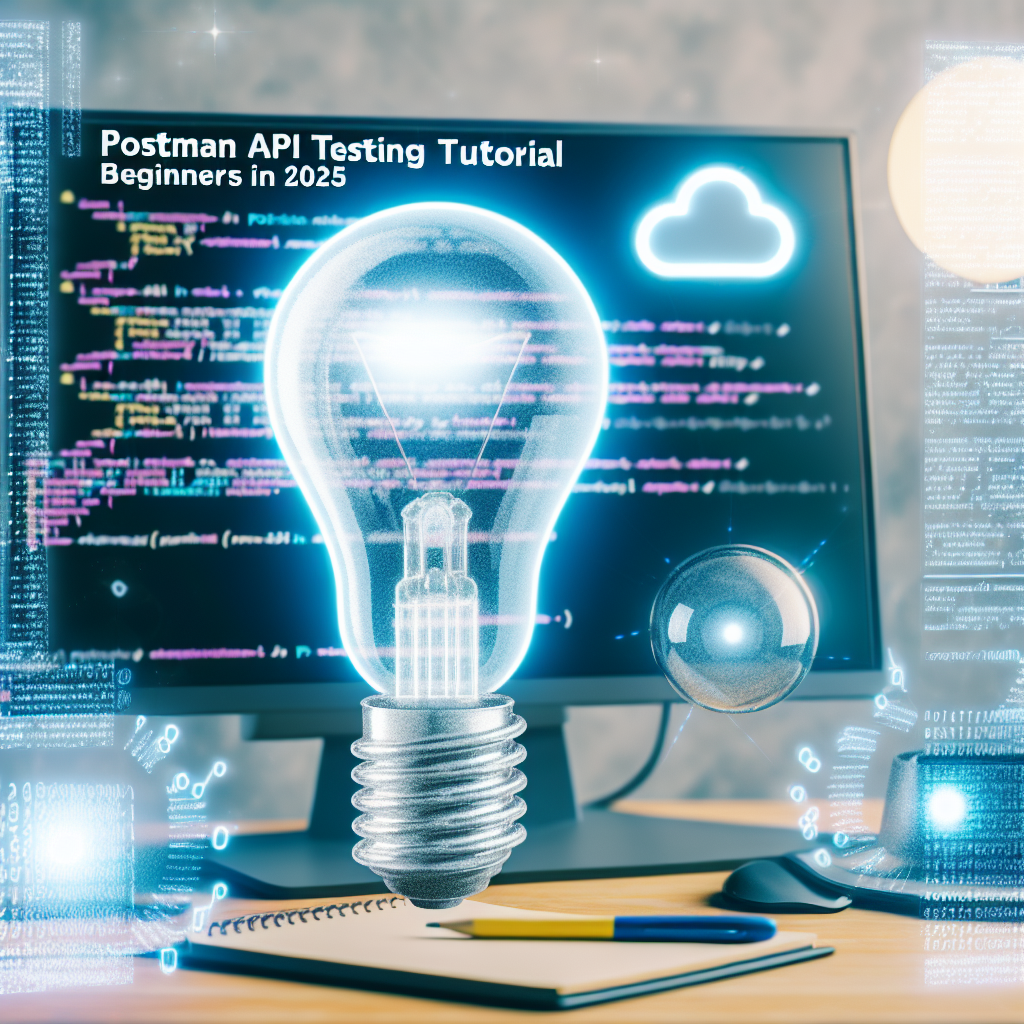Are you new to API testing and wondering how to efficiently validate your APIs? Postman is a popular tool that streamlines the testing process for beginners and professionals alike. In this tutorial, we will explore essential Postman features, practical workflows, and tips to enhance your API testing skills in 2025.
Getting Started with Postman: Core Concepts and Setup
To begin your journey with API testing, it’s crucial to understand **Postman’s environment and workspace setup**. Once you’ve downloaded and installed Postman from the official website, you should familiarize yourself with the core components:
- Request Builder: This is where you craft your HTTP requests, including GET, POST, PUT, DELETE, and more.
- Environment Variables: Use these to manage different API environments like development, staging, and production, making your tests flexible and reusable.
- Collections: Group related API requests logically, enabling efficient management and automation of test sequences.
Understanding these foundational elements ensures you can set up your testing environment effectively and begin creating meaningful API requests with minimal hassle.
Mastering API Testing with Postman: Strategies and Best Practices
With the basics in place, focus shifts towards comprehensive testing strategies that ensure your APIs are robust and reliable. Postman provides a suite of features to streamline this process:
- Writing Tests: Postman allows you to write JavaScript-based tests that validate response status codes, headers, response times, and body content, automating quality checks for your APIs.
- Automation with Newman: Integrate your Postman collections into CI/CD pipelines using Newman, enabling continuous testing and immediate feedback on code changes.
- Mock Servers and Monitors: Simulate API responses with mock servers and set up monitors to run scheduled tests, ensuring your API’s ongoing health and performance.
For advanced users, leveraging environment variables, data files, and scripting enhances testing capabilities further, making the process more dynamic and comprehensive. Mastering these strategies will significantly increase testing efficiency and confidence in your APIs.
In conclusion, this Postman API testing tutorial provides a solid foundation for beginners to start testing APIs confidently. From setting up your workspace to implementing automated test strategies, understanding these core components will empower you to enhance your testing workflows and deliver reliable APIs. Keep practicing and exploring Postman’s powerful features for continued success in API development and testing.
